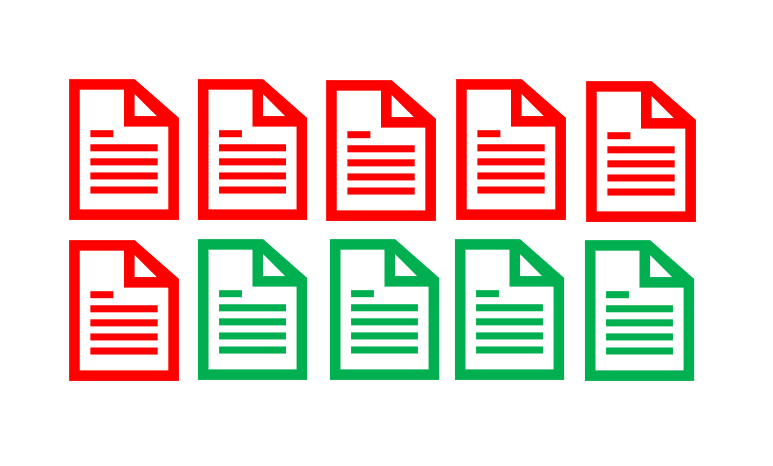Ask ten small business owners to name the most important thing their business needs to do in order to thrive, and you will get ten different answers. Some will talk about innovation, some about understanding customer needs, and others about delivering a value proposition. Yet there is something more fundamental that is common to them all. And that’s getting paid.
It sounds like a statement of the obvious, but just look at the facts. Around 50 percent of small businesses fail within the first two years – some sources claim that is as high as 80 percent, but even taking the most optimistic figures, it still means only an even money chance. The most common reason for failure has nothing to do with the quality of the product or service, but a simple case of running out of cash.
Martin Campbell is a researcher at a business consultancy based in Old Street, the tech startup hub of London. He delved into the failure rates of new businesses and drew some stark conclusions. He said:
“An SME can fail for many reasons, but poor cash flow is one of the main causes. This is mostly caused by late payment of invoices.”
Across the globe, more than 60 percent of B2B invoices are paid late. What can small businesses do about it?
Mitigate the risk
Late payment of invoices, then, is an enormous risk to the very survival of a small business. Anyone who knows anything about risk management will be aware that there are two facets to risk mitigation – reducing either the likelihood or impact. Let’s take a look at each in turn.
- Likelihood – If customers are told clearly and unequivocally when they need to pay, they are less likely to pay late. If they are further told that late payments incur undesirable consequences, that likelihood drops further. Clarity in communication is key here. Make sure invoices have a due date, keep it as short as possible and state that late payments will incur additional costs. In the legal sense, “late” means after 30 days, and this is the point at which you can start charging interest.

6 in 10 invoices are paid late
- Impact – Whatever you do to reduce the likelihood, some customers will still be late payers. That’s inevitable, and the annoying thing is that the worst offenders are typically the biggest companies. But if you know something is going to happen, you can implement measures to ensure the impact is not catastrophic. The concept of invoice finance is a clever risk mitigation strategy that eases your business’s cash flow by guaranteeing that a proportion of the invoice is paid instantly.
Take a pragmatic approach
One thing you want to avoid is the late payment becoming a cost in itself by soaking up management time and legal fees. For this reason, the idea of taking late- or non- payers down the legal route should really be a last resort, and reserved for exceptional circumstances. After all, unless you are 100 percent sure that the delinquent customer has the ability to pay, there is every likelihood you will simply throw good money after bad and see nothing in return.
Late payments are one of the biggest risks to an SME’s survival. Acknowledging that fact is the first step towards doing something about it and ensuring your business doesn’t become just another statistic.
BIZL is an online business finance comparison platform that helps businesses compare finance fast, free and easily.
Look out for us on Twitter, LinkedIn or Facebook, and sign up to our newsletter to be a part of the journey.
Do you need our help? Contact us on [email protected] or let’s chat on 0203 167 87 67
